A dance studio should be a safe place for jumping to extraordinary heights and learning to land quadruple turns. The protective gear for a dancer is a sprung floor, which helps prevent injuries from harsh landings. The Occidental dance studio does not meet these requirements due to the lack of necessary spring and grip to allow for safe landings and prevent injury. Occidental College should prioritize a remodel of the dance studio to ensure the safety of all who use it.
Just as baseball players wear helmets or football players wear chest pads, a dancer relies on the floor as a safeguard against injury. Collegiate athletes must wear specific protective gear, so dancers should also have the same guarantee of protection.
Spring flooring is a protective tool that absorbs shock, providing a cushioned landing for every jump a dancer executes. Without springs, or having additional space between the cement foundation and top layer of a floor, there is an increase in joint tension from the dancer’s initial push off the floor to the landing. Jumping frequently on the hard surface, a movement incorporated into many forms of dance, could lead to long-term problems in the knees, hips, feet and shins.
The last remodel of the studio occurred in 2006, a result of a several serious injuries caused by the treacherous state of the previous floor, which lacked space between the cement foundation and surface layer. In the spring of 2006, former Theater Department Chair Susan Gratch conferred with adjunct professor of theater Francisco Martinez about an appropriate dance floor, who recommended a flooring company versed in sprung floors.
The administration that executed the installation did not implement Martinez’s request for a fully sprung floor. Instead, facilities installed a bio-cushioned floor, which provides a softer landing than the previous floor, although is not fully sprung.
An additional problem with the new floor is its slick surface. The slippery quality inhibits dancers from finding the necessary friction to turn or sweep their feet across the floor.
Students and teachers alike recognize the faults of the floor. Martinez, who teaches all of Occidental’s ballet, modern and choreography courses, alters his approach in barre and floor work to avoid risk of injury. He takes all barre work slowly to allow dancers to create friction, with no assistance from the slippery floor. Martinez avoids teaching any serious jumps to lessen joint tension.
Occidental Dance Team Head Coach and current student at the University of Southern California School of Physical Therapy Chelsea Duncan always reminds her dancers of the importance of a soft landing to make up for the harshness of the floor.
Undeclared Dance Production participant Shelby Flavin (first-year) fractured a bone in her foot last semester while practicing a jump on the floor. She recalls the shock of hitting the unrelenting floor and hearing the sound of the break. Flavin believes that the hard impact of the landing resulted from the minimal cushioning of the dance floor.
“The floor has no give, no cushioned landing. My foot would have sunk in more. Instead, I hit a hard surface,” Flavin said.
Gratch has appealed for an installation of a vinyl floor through the Academic Capital Expenditure process. The vinyl floor would increase both friction and cushioning. Administration leading the process rejected the proposal several times, prioritizing other academic departments’ requests.
A factor affecting approval is enrollment, an issue for the theater department, whose dance courses do not consistently maintain high demand. This fluctuating enlistment does not mean there is no demand for dance at Occidental. As an athletic department building, the studio is not restricted to those enrolled in courses. The room also provides for clubs such as Dance Production, Dance Team, Hyper Xpressions, Pulse and Karate Club. Even during the studio’s rare unscheduled times, there is almost always someone inside, mastering a difficult step or creating cutting-edge choreography.
There is no doubt that the dance floor must be improved. The issue is whether action will take place to revamp its current condition. A complete remodel of the floor is pricey—the aforementioned floor removal and remodel surpassed $40,000—but there are more cost-effective ways for improvement. Marley, a surface made of vinyl, would provide the friction the current floor lacks as well as additional padding. Installation of a Marley surface would be about half the price of a floor remodel. On the other hand, the cover does not provide a long-term guarantee, as dance styles that require street shoes would eventually rip up the floor.
One short-term alternative to provide students with access to a studio with a safe floor is to open up Keck Theater to dancers. The second-level studio in the Keck provides more spring than the dance studio, a result of its elevated location. However, the small circumference of Keck would compromise class capacity. Martinez contends that the space would be unsuitable for a class larger than 10 students.
Students should have the ability to enter the dance studio without worrying how a jump will affect their knees. The dance studio is open to all who ask for it. It is not just a ballet studio; it is also a space for folk dancing, hip-hop and yoga. The studio’s schedule is maintained by a collaboration of clubs and courses from both the athletic and theater departments. It is time for Occidental to take a jump, with the guarantee of a smooth landing.
Leah Nomkin is a sophomore English and Comparative Literary Studies and Spanish double major. She can be reached at nomkin@oxy.edu or on Twitter @WklyLNomkin.
![]()





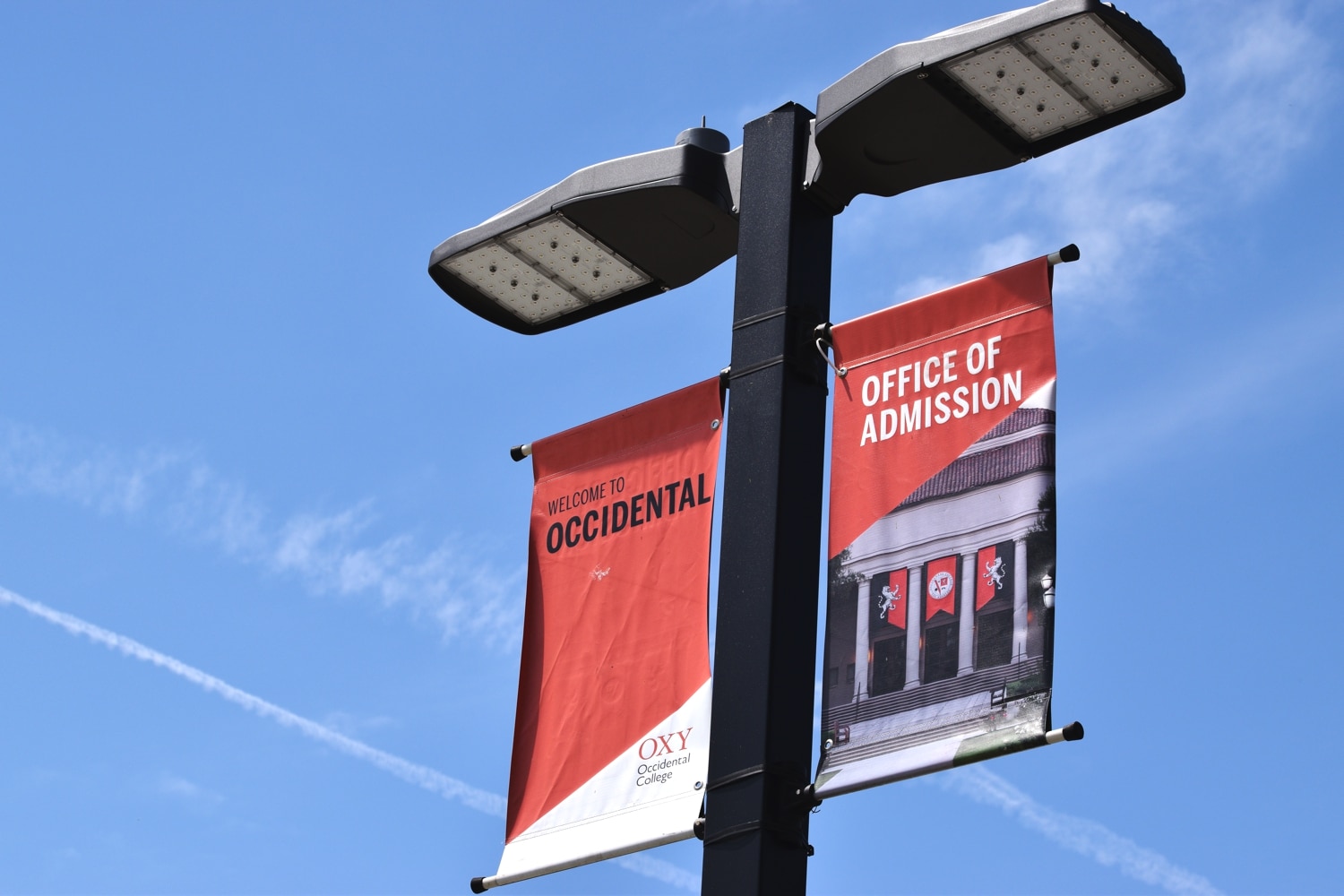






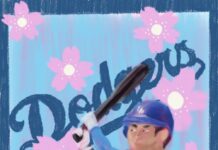












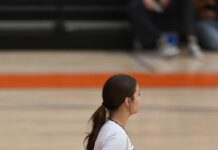

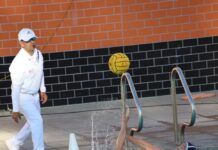


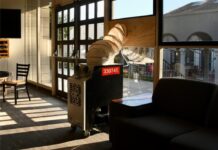




A bad floor can cause so many problems! It’s hard to balance, but maybe you guys could practice in the basketball gymnasium to push the administration into getting it taken care of!